My, my – we’ve been getting quite medical on the blog lately, haven’t we? I think this speaks to the fact that health is about way more than lifting weights or eating your veggies. After all, it’s literally what’s on the inside that counts.
Remember when I wrote that I was taking an Adrenal Stress Index test because the Husband suspects my adrenal glands aren’t functioning properly? (As a side note, the Husband is not my primary care doctor. He doesn’t like to treat family but sometimes it just makes sense for him to guide me through some medical issues.) Well, we got back my ASI results yesterday.
I haven’t properly digested the ASI results so we’ll save the adrenal information for another post, but obviously, my cortisol levels are NOT where they should be, especially in the morning. I was actually relieved to see these results because I’ve really been beating myself up over my inability to get up and function in the morning – I thought I was just being lazy. It honestly made me feel so guilty. Now I know there is a medical reason behind my grogginess!
But the part about my ASI that REALLY caught my attention was this:
This means that I am gluten-sensitive. I would’ve NEVER GUESSED that I had a gluten sensitivity. I eat bread, pasta, rice, oatmeal, etc. with basically every meal! But at this level, gluten sensitivity can be asymptomatic.
Even though I cannot tell I have a gluten sensitivity, my intestines certainly can. The wheat I’ve been eating is contributing to overall inflammation in my body, which may or may not be related to the abnormal pap smears. Interesting, right?
Obviously, I ate gluten this morning for breakfast. It’s going to take me a while to figure out how to make changes in my diet. Since I’m not highly sensitive, I’ll be able to eat gluten every now and then without major trouble. But I really do need to cut back. This is going to be a journey and nothing is going to change overnight (um, I’m eating a cookie as I write this).
* Please note that some readers have said barley malt is not necessarily GF. Be careful!
Oddly, I’m not devastated. I LOVE bread but there are much, much worse things in life than having a food sensitivity. Also, I might be in denial. Heh.
Since I don’t know much about being gluten-free (the full-blown sensitivity is referred to as Celiac’s disease, which I probably don’t have), I asked some other bloggers and readers to share their experiences with the lifestyle. Enjoy!
Chelsea wrote a wonderful post on dealing with food intolerances. She summed it up with this statement: “I spent a lot of time being angry at first about my dietary restrictions. Why me? Why can’t I just be normal? Why do I have to spend so much time planning about food? The answers… unknown. By accepting the fact that I can’t really ever go out and “grab†something to eat and truly be satisfying was hard, but totally necessary. If you accept it and are open about your struggles about eating with others and dining out, I’m sure that others will be more accommodating. Unless you tell them your struggles, they will never know!â€
Check out Chelsea’s recipe for gluten-free pretzel rolls (yum!).
Maggie says it’s important to focus on REAL foods, not necessary all the GF alternatives. “Living gluten free isn’t easy, and it’s not just a matter of substituting "standard" foods with gluten free substitutes. Sure, there are entire online and brick and mortar stores devoted to gluten free foods, and most supermarkets have sections stocked with gluten free items, but these foods aren’t necessarily healthy or whole. I’m making a generalization here, but they tend to be highly processed and full of starches and gums. Rather than buy and eat a lot of gluten free pastas, cereals, breads and snacks (crackers, cookies, bars and pretzels) — foods I tried not to eat much of when I was eating gluten — I’ve redoubled my commitment to cooking and eating whole, nutrient dense foods. Many people who have gone gluten free stress the importance of focusing not on what you can’t eat, but on the array of delicious, nutritious whole foods that are naturally gluten free: free range organic meat, poultry and eggs; wild fish; fresh fruits and vegetables; nuts; legumes (including soy); and seeds and grains such as quinoa, rice and corn.â€
Ricki wrote, “Being diagnosed as gluten-sensitive can be a mind-numbing piece of news. First thoughts are "why me?" or “what the heck will I eat now?†or simply, “woe is me!â€. In my case, the “no gluten†diagnosis came after being diagnosed with candida related complex (CRC), so I’d already given up many foods that most people enjoy, from meat to dairy to all sweets to peanut butter. After that, gluten was easy! Even though I’m an avid baker, I found working with GF flours fun (though I won’t lie: there was a pretty steep learning curve involved). But good food is still good food: these days, I’m familiar with a huge array of grains and tasty flours that I would never have discovered without going gluten-free. I eat muffins, pancakes, waffles, cookies, or cakes—not only without gluten, but without sugar, eggs, or dairy, too. And you know what? I’ve never enjoyed my food—or my feelings of great health—more than I do today.â€
Ricki also has a book called Sweet Freedom: Desserts You’ll Love without Wheat, Eggs, Dairy or Refined Sugar.
Nicole went gluten-free and highly recommends The G-Diet: A Gluten-Free Survival Guide.
Valerie said, “Honestly, I truly thought the idea of gluten intolerance/disease was just a modern craze that only actually affected a small group of people and the rest were just being babies about it.†But then she took a gluten-free baking class and learned more about it – check out this wonderful post on her GF baking class.
Elizabeth wrote, “When I first met my husband and he told me he is allergic to wheat/gluten, I had NEVER heard of it before. I was like, “WHAT? You can’t eat bread? Pasta? ANYTHING?†(This was WELL before my healthy lifestyle transformation.) Five years and a wedding later, I’ve learned A LOT, especially how much wheat is actually in (soy sauce was a recent shock to me). I am not allergic to wheat, although I am sensitive to it, so it’s been a lifestyle adoption for me as well. I’ve learned how to cook gluten free, but after many trials and errors (I tried to make gluten free ravioli from scratch once, we ended up with takeout…) we have become very good at making gluten free versions of a lot of favorite dishes. My number one suggestion is to invest in a bread maker and get Bob’s Red Mill gluten free bread mixes, it will make the transition a lot easier!â€
Caroline wrote, “From the very day I was diagnosed with Celiac disease, I can honestly say I haven’t spent a moment looking back since. It’s a difficult journey, but, after being sick for so long, what might sound like a curse to many turned out to be a blessing. When it comes to gluten-free cooking and baking, I’ve found there really is nothing that beats eating at home. That’s not to say eating out isn’t possible — with the the right knowledge it can be done! But making food at home allows the comfort of knowing the dish is safe and eliminates the anxiety one might feel about enjoying a meal. A few of my favorite recipes include: Black & White Bean Burgers, Mushroom Risotto, and Thai Tofu/Chicken Pizza. And, naturally, dessert: Black Forest Cupcakes, PB&J Cookies, Mint Chocolate Chip Cake, and Lemon Cookie Ice Cream Sandwiches. These and other recipes are proof that living a gluten-free life is not only possible, but delicious!â€
Gabby wrote, “Eating out can be one of the most difficult things to do when you’re gluten-free. My fiancé and I love to eat out, but it can be challenging even though he is in a culinary school (and has lots of knowledge about preparation methods and ingredients) and I’ve been gluten-free for over a year. To have the best dining experience possible always, always ask your server if something is gluten-free. If they are unsure, ask to talk to the chef or manager. Specify that you have a gluten sensitivity and ask that they note it on the meal ticket. This helps the kitchen staff know to change gloves if they have been handling gluten and helps ensure that your meal will be safe. Again, gluten is a sneaky thing and hides in places you wouldn’t think – like sauces (nearly all creamy sauces are roux, a mixture of flour and fat, based and are a no-go for the gluten sensitive). When in doubt, ask, ask, and ask again.â€
Annie recommends checking out these wonderful GF blogs: The Gluten Free Gooddess, Elana’s Pantry, and her own awesome blog, A Gluten-Less Foodie.
Do you have any food sensitivities? How does it impact your life? Do you feel like you’re “missing out†on something or do you see it in a more positive light?

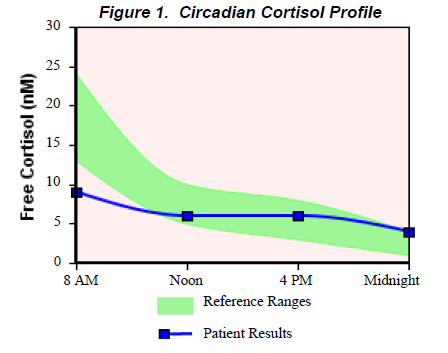

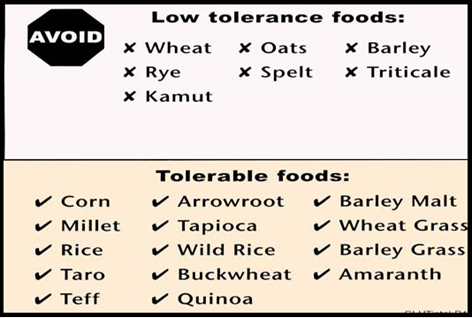
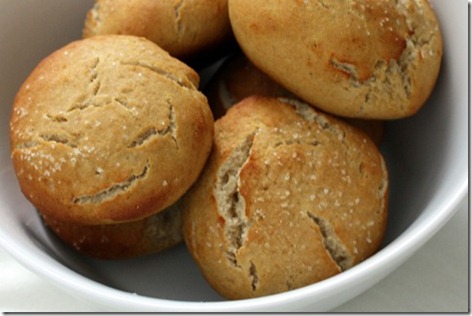
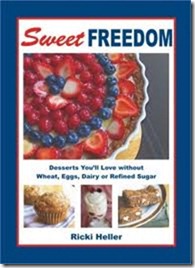
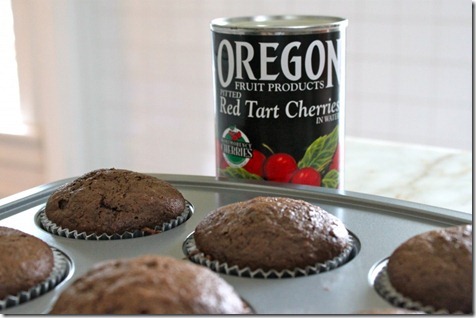
I am fortunate not to have food intolerances. I think it would be challenging. On the flip side it may also get a person to try new recipes and foods that they never considered so it could be a good thing too!!